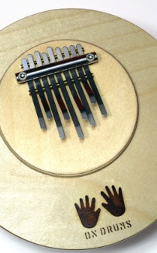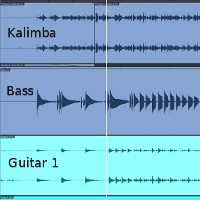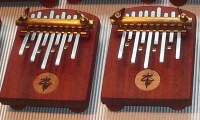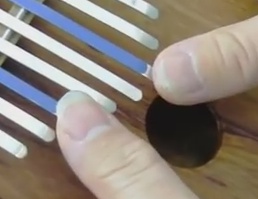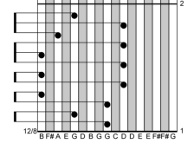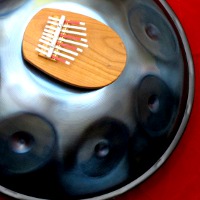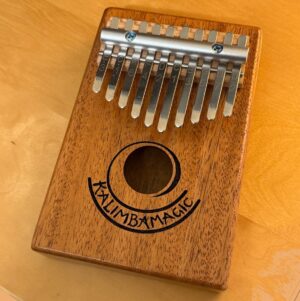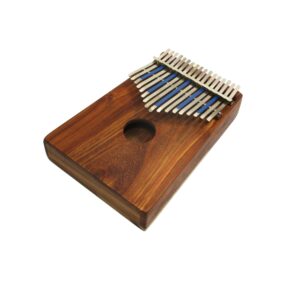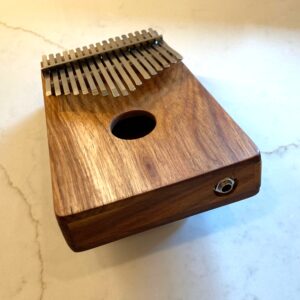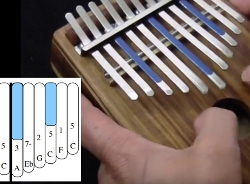
TIP: Exploring Exotic Pentatonic Tunings – p1
The method you will learn in this series of tips will help you understand any kalimba’s tuning All of the specially tuned kalimbas we sell come with a card indicating the note names and note numbers of each tine. The letters are of obvious use – they tell you what note to tune each tine to if any ever go out of tune. But if you have been mystified by the meaning of those numbers, this series of tips will help you learn how to use them. We present to you a laboratory of three different pentatonic kalimba tunings. The numbers guide us on our journey of understanding these kalimbas and


